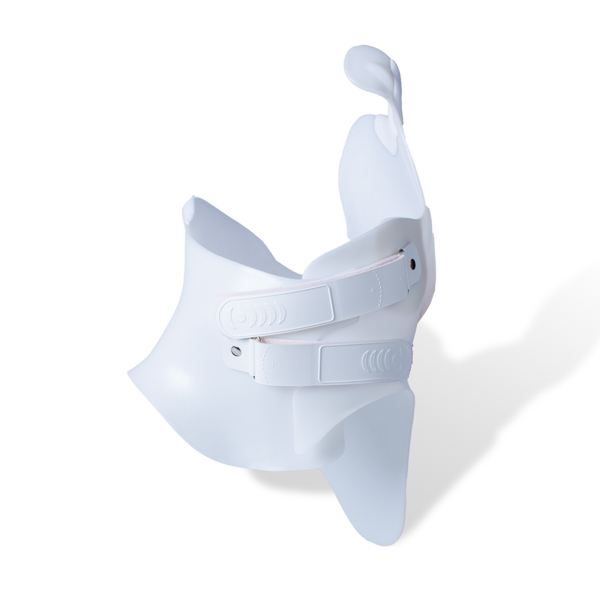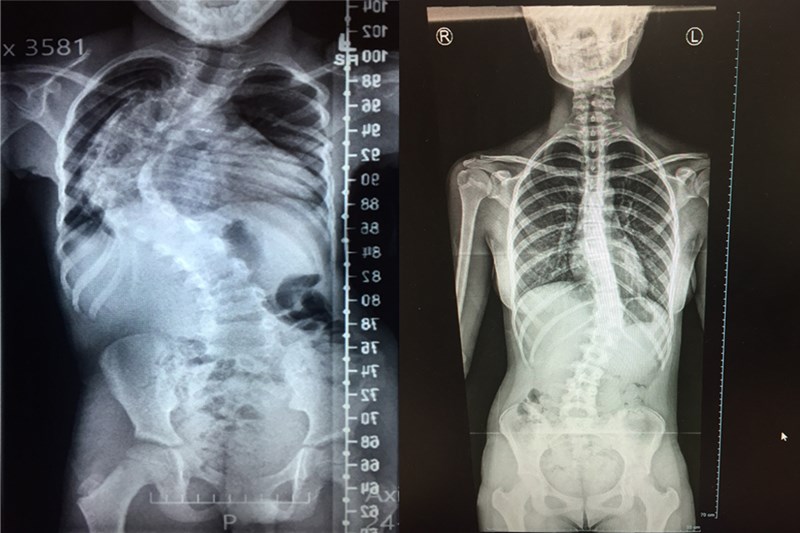
26 June 2017
Scoliosis (pronounced sko-lee-o-sis) affects one in 250 children in the UK. Hippocrates was one of the original physicians to understand and write about the spine and coined the term 'skoliosis' over 1500 years ago, “a bending” in Ancient Greek.
The London Orthotic Consultancy earlier this year became certified in Schroth physiotherapy to prescribe what is evidenced as the most effective brace for correcting scoliosis; the Cheneau-Gensingen Brace. We interviewed our lead clinician at the time to discuss modern scoliosis treatment and what it involves.
Scoliosis is a condition characterised by a twisted, curved spine, often in an S or C-shaped position. While it can be a complication of other conditions like muscular dystrophy, Cerebral Palsy, Marfan Syndrome and Ehlers-Danlos syndrome, often the causes are unknown.
Scoliosis can progress very aggressively during teenage growth spurts and when the cause is unknown and it becomes apparent during this time, it’s referred to as Adolescent Idiopathic Scoliosis (AIS). It can also occur between the ages of five and ten when it’s known as Juvenile Idiopathic Scoliosis but it is not as common. For adults with scoliosis, once you are skeletally mature you cannot correct the curvature of the spine, but bracing can be used to reduce any associated pain.
Some people with scoliosis do not require treatment. In other cases, it will be largely dependent on the severity and a person’s age. Older children and adolescents may require treatment to prevent the curve from worsening during growth spurts. Some cases may require surgery to lessen their scoliosis, the procedure uses a bone graft to fuse the spine into a straighter position.
It’s an exercise and postural therapy method developed in the 1920s in Germany by a physiotherapist to reduce pain and prevent spinal curve progression.
Original German Schroth therapy, taught in the Bad Sobernheim, is more directed at larger, stiffer adult curves and is effective at reducing pain and improving aesthetics – the look of the spine. More modern Schroth treatment is more appropriate for the younger adolescent scoliosis, providing the most effective loading through postural overcorrection and specific, efficient exercises for younger patient exercise regimes. Schroth is the most well-established, evidenced-based European treatment and is used throughout the world. In many countries, the incidence of surgery for scoliosis is much lower than in the UK and USA and the use of conservative management is more prevalent.
The bespoke brace is initially created using computer-aided design/computer-aided manufacture (CAD/CAM).
It’s the first evidence-based orthotic treatment for scoliosis. Designed as a comfortable alternative to other traditional braces, the Cheneaue-Gensingen brace approach gently realigns the spine and guides it into a corrective position. Success rates are currently over 95%, with the design centred around the theory that scoliosis should be tackled in 3 dimensions for a successful outcome.
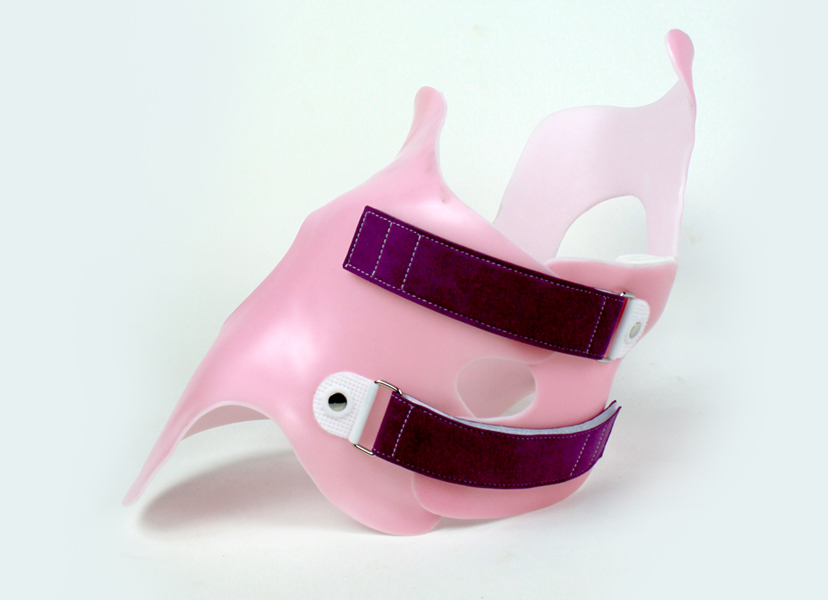
Above: The Cheneau-Gensingen brace represents a non-surgical treatment option that actually corrects the patient’s curved spine.
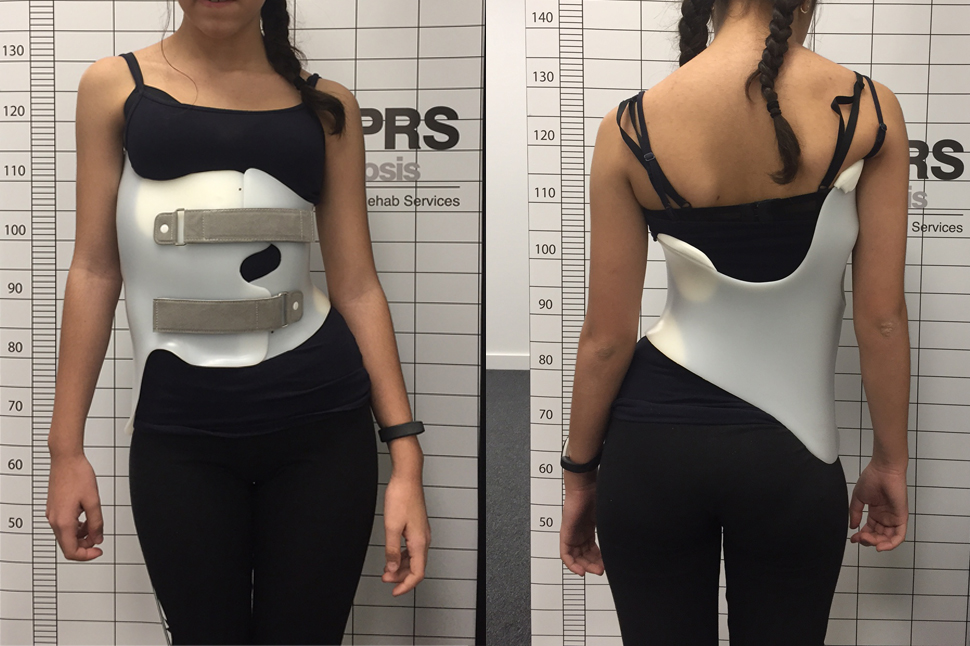
Each customised brace is made according to the following protocol: the assessment, along with other medical notes taken by our orthotists, is modelled and correction is built in for the individual patient. This template is then used by LOC to make the brace in-house which is fitted by our orthotists to ensure an optimum fit.
The Boston brace has been relatively commonplace since its development in the 1970s, it is currently prescribed on the NHS but strong evidence to support the use of the Boston brace is lacking. While the Boston brace can stop a spinal curve from worsening, it does not correct the existing spinal deformity.
The Cheneau-Gensingen brace is closely designed according to Schroth principles and is the most compatible with this form of physiotherapy. Despite the Cheneau-Gensingen brace being a ‘hard’ brace made from polyethene, it’s more comfortable than previous braces available. Pockets of space built within the brace leave room for the curve to move into, and for the patient to breathe, whereas the Boston brace is a completely enclosed body jacket that compresses and can cause longer stiffer curvatures. The Cheneau-Gensingen brace works by guiding the movement of the spine so that there is space for it to move into.
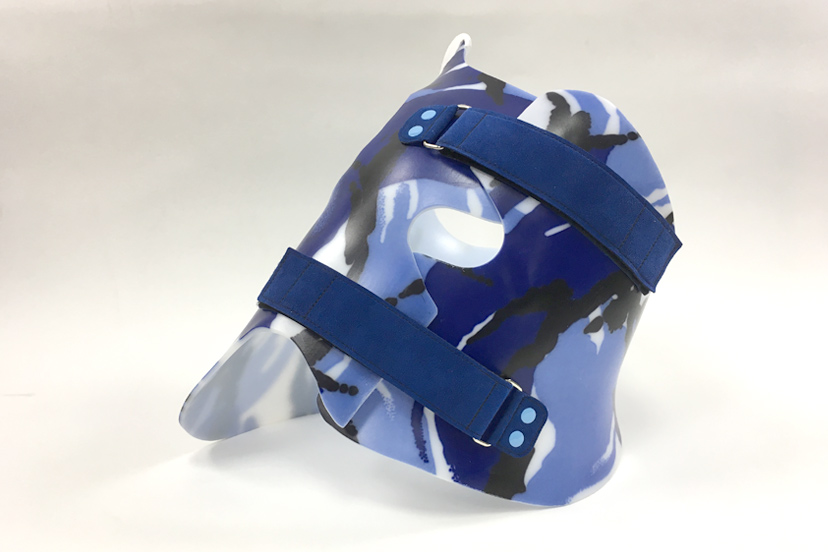
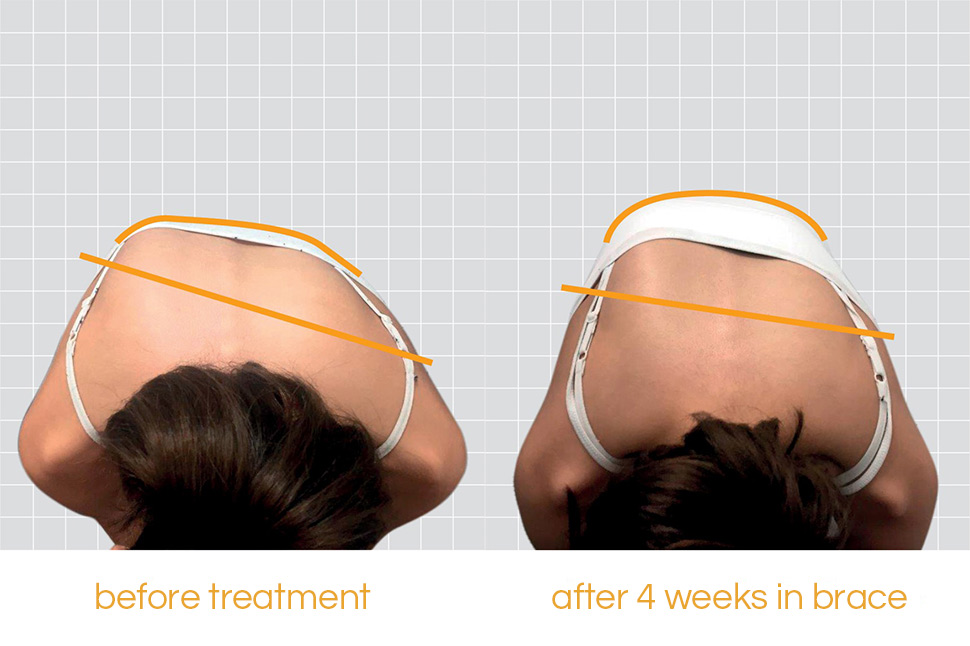
The London Orthotic Consultancy now has several orthotists certified to prescribe, manufacture and fit derivatives of the Cheneau-Gensingen Brace. If you are seeking non-surgical treatment for scoliosis, give us a call or drop us an email to book a consultation today.
It should be advertised more because it really, really saves the lives of these kids. How dreadful to have to go through the ordeal of a spinal surgery operation, how dreadful? I tell everybody this if they tell me they’ve got scoliosis, I keep LOC’s number on my phone and say ‘try this, before you do anything, just try this because it does work’ I show them the picture of my daughter and her X-rays because I don’t want people to go for the operation unless it’s the last resort.”
“She’s wearing the brace all the time now and she’s doing very well. She’s very good at school too, the brace doesn’t get in the way of anything. It fits underneath her school uniform and you can’t see it. Sometimes I even have to ask her when she’s sitting down if she’s wearing it because I can’t see it! She says ‘of course mummy’ and I say ‘let me try!’ I have to knock through the clothes and only then can I hear she’s wearing the brace!”
A series of studies using the Cheneau-Gensingen Brace have produced success rates of over 85%. The brace has also been used successfully to address Cobb angles in excess of 40° where surgery would previously have been advised. Get in touch today if you would like to know more, or book an appointment at our scoliosis clinic.
